- All Posts
- Uncategorized
- Osteogenesis
- Orthopedics
- Microenvironment
- Bone Regeneration
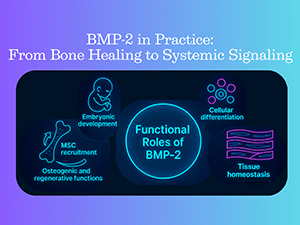
Bone morphogenetic proteins (BMPs) are a group of growth factors belonging to the transforming growth factor-beta (TGF-β) superfamily. First identified...
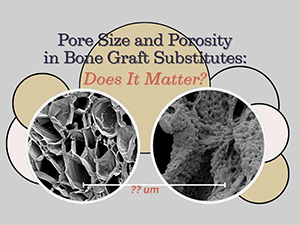
Bone is an extraordinary tissue: porous, self-renewing, and load-bearing; all thanks to a complex interplay of bone cells, blood vessels,...
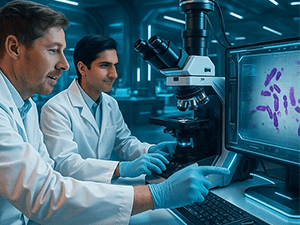
Synthetic bone graft substitutes (BGS) and extenders remain central to the future of bone regeneration with rapid innovation in materials...
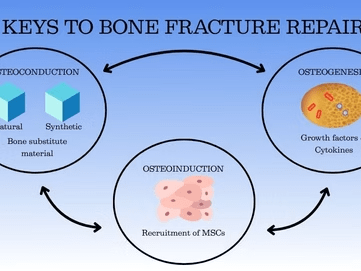
In our first post in this series, we explored the ideal characteristics of bone graft substitutes (BGS), emphasizing their osteoinductive,...
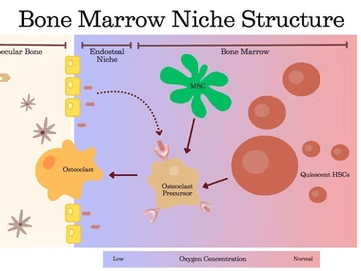
What do osteoporosis, periodontitis, and rheumatoid arthritis (RA) have in common? Could their shared mechanisms hold the key to improving...
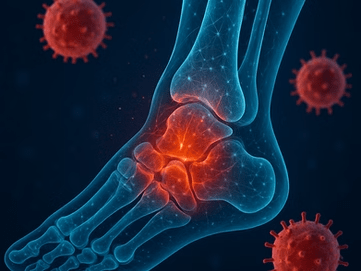
We’ve been discussing the fascinating connections between the immune and skeletal systems in our current blog series on Osteoimmunology. But...
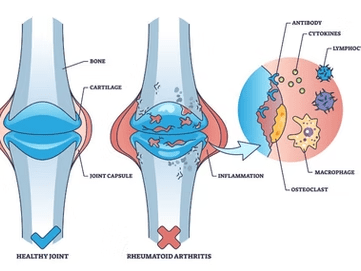
What is the most common autoimmune disorder? The correct answer is Rheumatoid Arthritis (RA), affecting more than 18 million people...
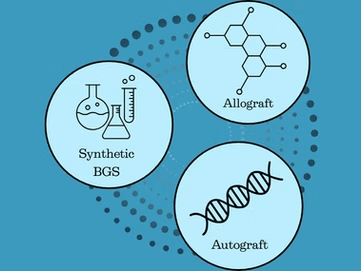
What if bones could heal faster and stronger with the help of materials designed in a lab?
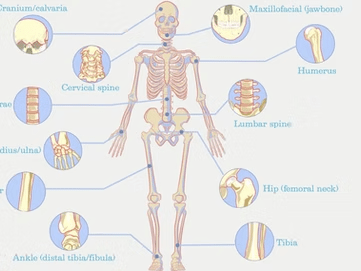
The smallest bone in the human body is roughly the size of a grain of rice! The stapes, a stirrup-shaped...
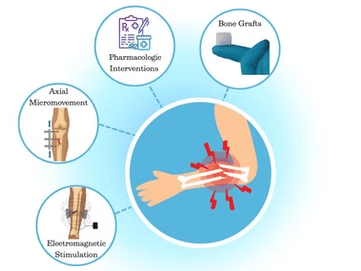
Breaking a bone is more than just an inconvenience – it’s a journey of recovery that can take weeks or...
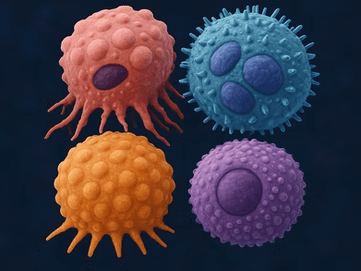
In this blog series focused on osteoimmunology, we explored the fascinating intersection of bone biology and the immune system.
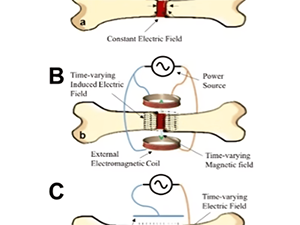
In our Cellular Conversations blog post series, we described the role of biochemical, mechanical, and electrical signals in bone tissue...

Healing a broken bone is no small feat and requires a highly sophisticated, coordinated series of interactions, many of which...

In this second installment of our blog series on Osteoimmunology, we’ll explore the intricate connection between immunity and bone health,...
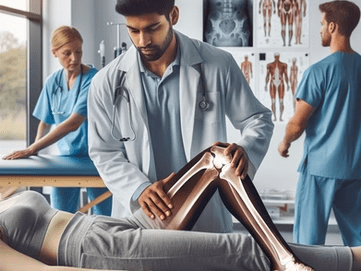
In our Cellular Conversations blog post series, we described the biochemical, mechanical and electrical signals that bone cells use to facilitate...
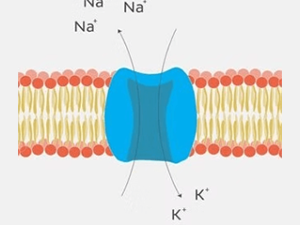
Part 3: Electrical Signals Cellular communication is crucial in processes like cell differentiation, growth, development, tissue and organ formation, and...
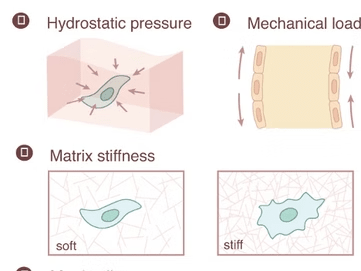
Part 2: Mechanical SignalsImagine our cells communicating like a vast network of people. While we use words, cells “talk” through...
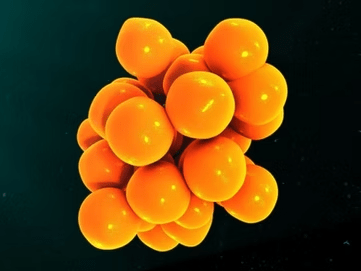
Part 1: Biochemical Signals Think of the ways we communicate daily – speaking, texting, calling, emailing. Now, imagine the human...
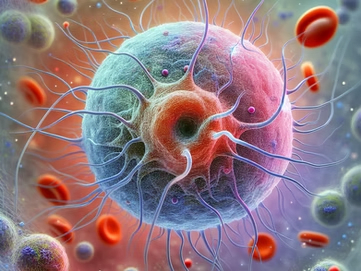
When most people think about bone repair, they imagine a purely mechanical process: cells depositing new bone material to fix...
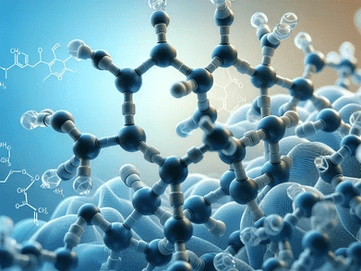
When it comes to healing broken bones, the human body is truly remarkable.
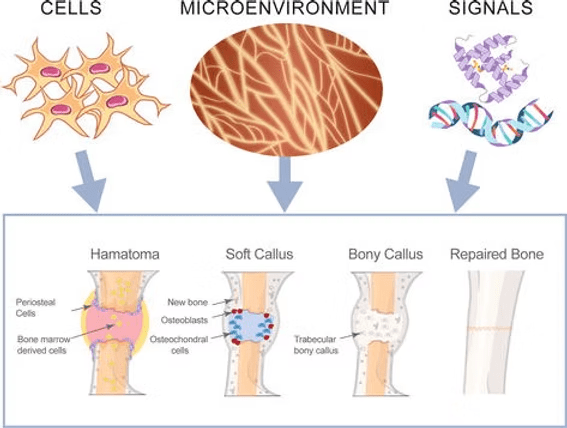
In the simplest sense, the bone microenvironment consists of the cells, molecular signals, and matrix components that create the niche...
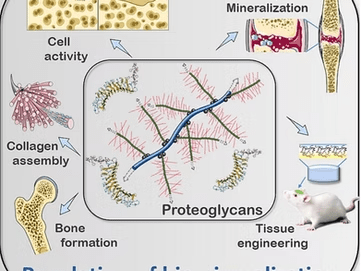
When we think of bones, we often imagine them as rigid structures that support our bodies, protect vital organs, and...
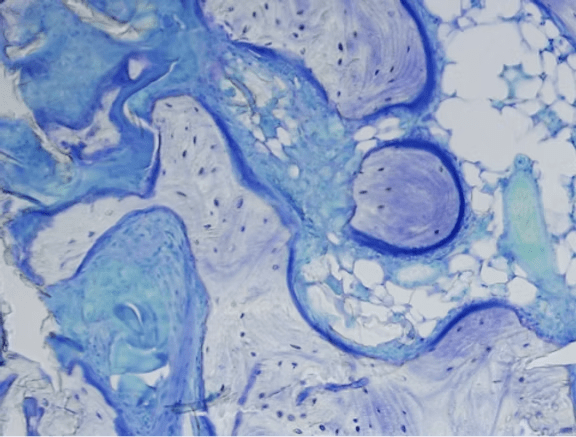
The critical role of proteoglycans in embryonic bone development is highlighted when genetic mutations are linked to skeletal disorders.
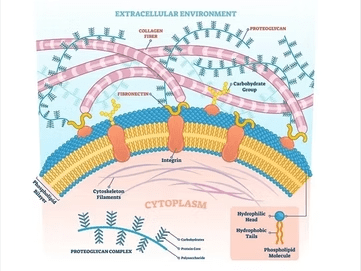
Proteoglycans (PGs) are massive supramolecular complexes, often exceeding 200 megadaltons (MDa) in size, and play a critical role in the...
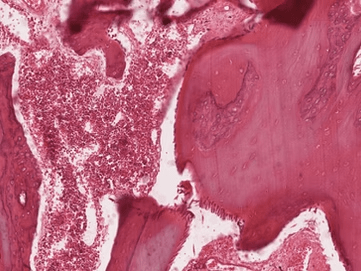
Proteoglycans are essential components of the extracellular matrix with roles in bone development including endochondral ossification, collagen fibrillogenesis, and mineral...
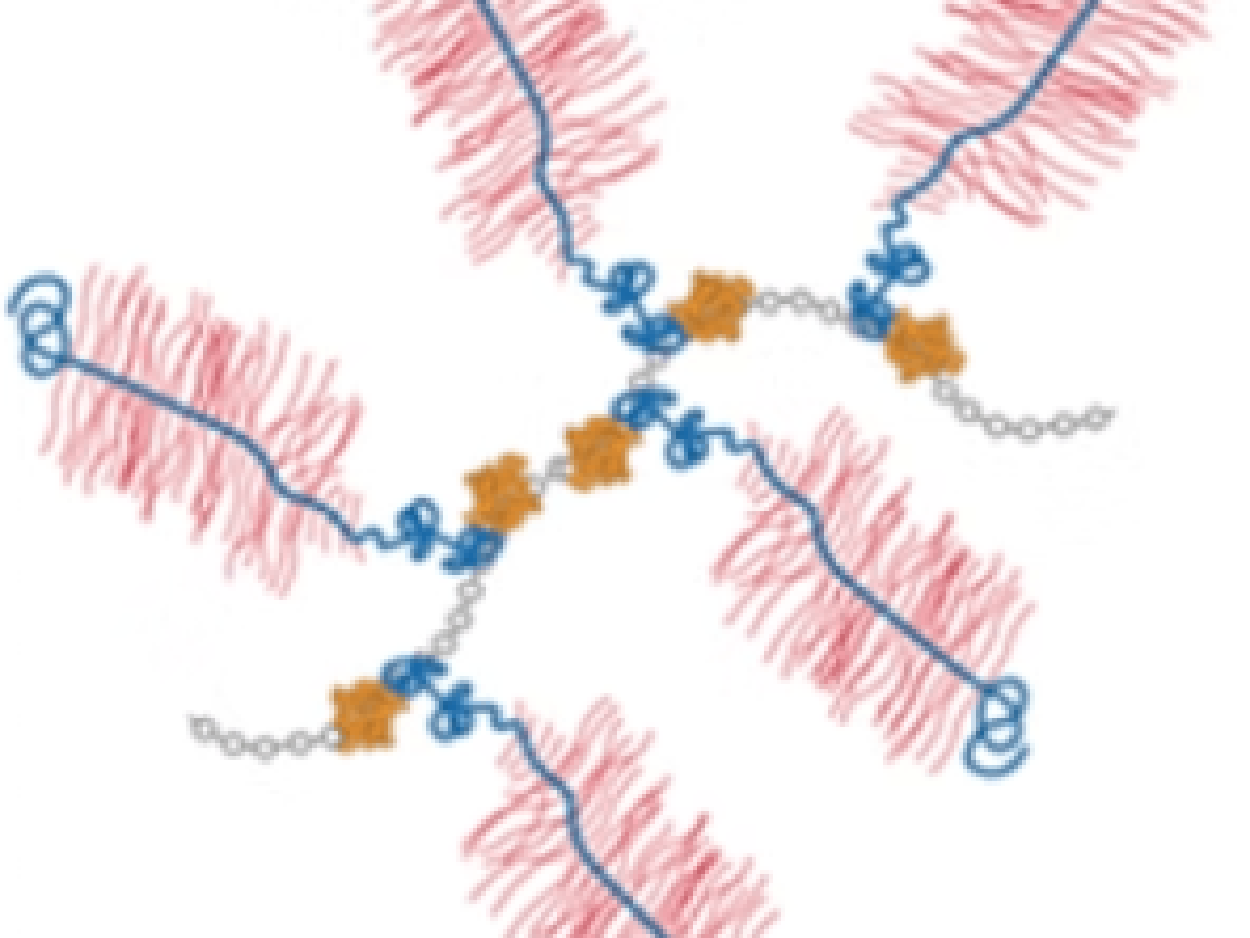
Molecular Matrix, Inc. has developed Osteo-P® BGS, a hyper-crosslinked polysaccharide bone graft substitute that mimics proteoglycans and is osteoconductive for...
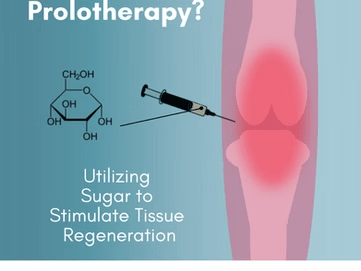
Prolotherapy has been a part of modern orthopedic practices since the 1940s. It is growing in popularity not just in...
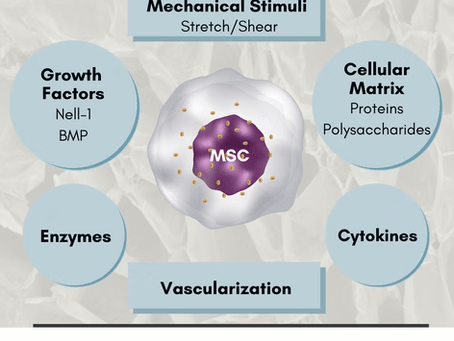
Mesenchymal stem cells (MSC) differentiate towards multiple lineages that participate in bone formation and are often utilized for bone regeneration...
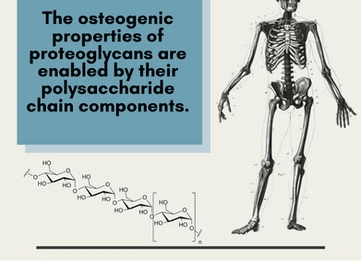
Osteogenesis, or new bone formation, begins in the early stages of embryonic development and continues postnatally until skeletal maturity is...
